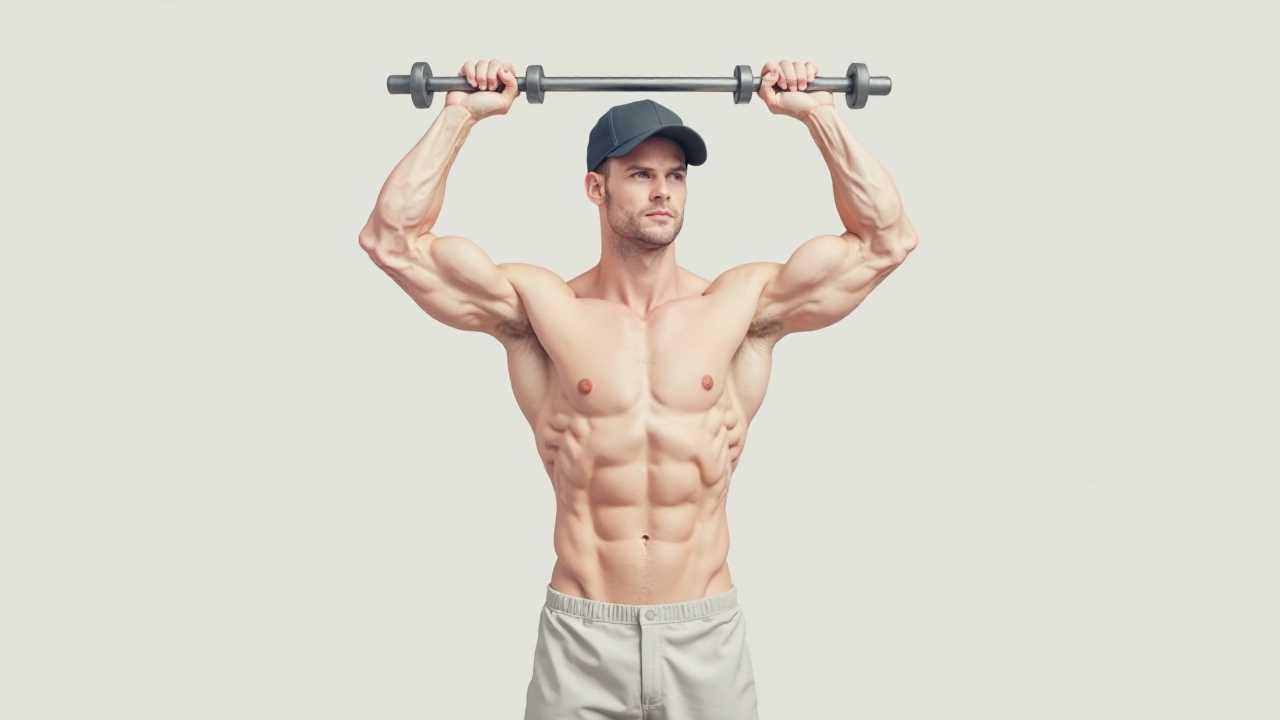
Understanding Weightlifting Form Correction
Weightlifting is not merely about lifting weights; it is an intricate dance of biomechanics that requires precision and understanding. Weightlifting form correction plays a pivotal role in ensuring that athletes and fitness enthusiasts perform exercises safely and effectively. Proper form not only enhances performance but also minimizes the risk of injury. This article will explore the fundamental aspects of weightlifting form correction, focusing on biomechanics, stability, mobility, technique, rehabilitation, and strengthening.
The Role of Biomechanics in Weightlifting
Biomechanics is the study of the mechanical laws relating to the movement or structure of living organisms. In weightlifting, understanding biomechanics is essential for optimizing performance and preventing injuries. Each lift involves complex movements that engage various muscle groups, joints, and connective tissues.
When we analyze the biomechanics of a lift, we consider factors such as force production, joint angles, and body alignment. For instance, during a squat, the alignment of the knees over the toes and the position of the spine are critical to ensure that the load is distributed evenly. Incorrect biomechanics can lead to undue stress on certain joints, resulting in injuries over time.
To master weightlifting, we must focus on the correct biomechanics of each lift, ensuring that our body moves in a way that is both efficient and safe. This understanding allows us to make necessary adjustments to our form, leading to improved performance and reduced injury risk.
Stability: The Foundation of Effective Lifting
Stability is a cornerstone of effective weightlifting. It refers to the ability to maintain control of the body and its movements during exercise. A stable base allows for better force transfer and reduces the likelihood of injury.
To enhance stability, we must engage the core muscles effectively. A strong core provides a solid foundation for all lifts, allowing for better balance and control. Exercises such as planks, dead bugs, and bird dogs can significantly improve core stability.
In addition to core strength, proper foot placement and weight distribution are vital for stability. For example, during a deadlift, the feet should be shoulder-width apart, with the weight evenly distributed across the entire foot. This positioning helps maintain balance and control throughout the lift.
Mobility: The Key to Fluid Movement
Mobility refers to the ability of a joint to move freely through its full range of motion. Adequate mobility is essential for executing weightlifting movements correctly. Limited mobility can lead to compensatory movements, which may increase the risk of injury.
To improve mobility, we must incorporate dynamic stretching and mobility drills into our warm-up routine. Exercises such as hip openers, thoracic spine rotations, and ankle mobility drills can enhance joint flexibility and prepare the body for lifting.
Moreover, regular mobility work can help identify and address any restrictions that may hinder performance. By focusing on improving mobility, we can ensure that our body is prepared to handle the demands of weightlifting, leading to better form and reduced injury risk.
Technique: The Art of Lifting
Technique is the art of executing lifts with precision and control. Mastering proper technique is essential for effective weightlifting and injury prevention. Each lift has specific technical requirements that must be adhered to for optimal performance.
To develop proper technique, we must focus on the following key elements:
1. Body Positioning: Maintaining the correct body position is crucial for effective lifting. This includes keeping the spine neutral, engaging the core, and ensuring proper alignment of the limbs.
2. Breathing: Proper breathing techniques can enhance stability and power during lifts. Inhale during the eccentric phase (lowering the weight) and exhale during the concentric phase (lifting the weight).
3. Tempo: Controlling the tempo of each lift can improve muscle engagement and reduce the risk of injury. A slower tempo during the eccentric phase can increase time under tension, leading to better strength gains.
4. Mind-Muscle Connection: Developing a strong mind-muscle connection helps ensure that the correct muscles are engaged during each lift. Focusing on the targeted muscle group can enhance performance and reduce the likelihood of compensatory movements.
Rehabilitation: Recovering from Injury
Injuries can occur even with the best form and technique. Rehabilitation is a critical component of the weightlifting journey, allowing individuals to recover and return to their training safely.
A well-structured rehabilitation program should focus on restoring strength, mobility, and stability. This often involves a combination of physical therapy, mobility exercises, and gradual reintroduction of weightlifting movements.
It is essential to listen to the body during the rehabilitation process. Pushing through pain can lead to further injury and setbacks. Instead, we should focus on gradual progression, allowing the body to adapt and recover fully.
Strengthening: Building a Resilient Body
Strengthening exercises are vital for developing the muscles and connective tissues necessary for effective weightlifting. A well-rounded strength training program should target all major muscle groups, focusing on both compound and isolation exercises.
Incorporating exercises such as squats, deadlifts, bench presses, and rows can build overall strength and improve lifting performance. Additionally, accessory exercises targeting specific muscle groups can help address any weaknesses or imbalances.
Strengthening not only enhances performance but also contributes to injury prevention. A strong, resilient body is better equipped to handle the demands of weightlifting, reducing the risk of injury and ensuring long-term success.
Mastering weightlifting form correction is an ongoing process that requires dedication and attention to detail. By focusing on biomechanics, stability, mobility, technique, rehabilitation, and strengthening, we can enhance our performance and minimize the risk of injury.
Embracing these principles will lead to a more effective and enjoyable weightlifting experience, allowing us to achieve our fitness goals while maintaining our health and well-being.
 Mobility trainingHome Fitness RecoverySports Injury PreventionPersonal Physical TherapyOrthopedic SolutionsPrivacy PolicyTerms And Conditions
Mobility trainingHome Fitness RecoverySports Injury PreventionPersonal Physical TherapyOrthopedic SolutionsPrivacy PolicyTerms And Conditions
